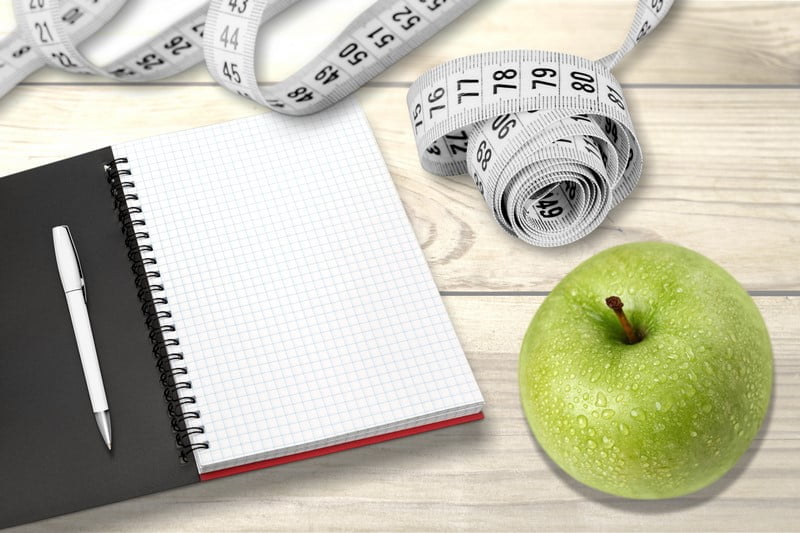If you are looking to submit your guest post on an education blog then you came to right place.
In this post, we’ve shared some tips and guidelines to start writing your first article or blog post to get approved on MyEducationHub.
The blog is nothing but an honest opinion about a subject, framed with words, sprinkled with experience and polished with some marketing.
Formed of two words namely: Web + Log (journal), the blog is that unstoppable force, which can change history, induce a new idea, force the
readers to think and act.

With the introduction of the Web 2.0, a blog may not necessarily be limited to words alone – a photographer can create a photo blog, where words aren’t necessary to express an opinion; a speaker can create a video blog set up by videos wherein shares his view; an artist can update a visual, art-centric blog where his paintings do the talking.
The Most Important Part of Creating a Blog Post/Article.
Understanding the ‘Why’ part is the most crucial, relevant part of creating a blog post. Once you have setup the blog, you need to know ‘Why’ you want to create that blog post.
Hence, understanding your targeted audience, experiencing their pain points, their troubles, their emotions is the most important part of creating a blog post.
Find out what keeps them awake the whole night, discover the issues which made them search the Internet, and land up on your blog.
Technicalities of Creating A Blog Post:
If you are writing a blog post, then divide the process of creating a blog into three simple parts:
- Finalize the topic and the title
- Structure the blog
- Check the grammar and proof-read
Part 1: Finalize the text and the title
Once you have understood the ‘Why’ part of creating a blog, the ‘How’ part is easy and straightforward. Based on the pain points of your targeted customer, you need to finalize a topic of your blog, and then immediately decide the title which will form the anchor, foundation of the blog.
The title is the sentence which will encourage, inspire your reader to take that plunge, and read the blog post. Some great blogs write 10-15 different versions of the blog before finalizing the one which will be the biggest puller of eyeballs.
Using numbers & question are a good practice to create a title as it can ‘force’ the reader to click and read your blog.
Part 2: Structure the blog
Before starting the blog, it is a good practice to structure the blog, although it’s not a necessity, as a blog is usually a free-flowing account of an
experience, a viewpoint, an opinion.
But to frame the whole idea within say 500-700 words (which is regarded as the optimal length of a blog), it is important to create a structure first, and then fill in the parts using the theory which you have in mind.
For example, there is usually an introduction, a description, a conflict and a conclusion in every blog. And the best ones are those blogs which follow an order because the human mind is wired to read/comprehend in order of things.
However, once you have created an audience of your words (and blog), then such structuring is not necessary – it’s the thought and opinion on a matter which matters most.
Part 3: Check grammar, comprehension & proof-read
Before publishing the blog, it is highly recommended and advised that you check the technicalities of English and make sure that it’s grammatically correct, with the right spellings & proper comprehension.
There is no point in publishing a brilliant piece of advice/tutorial loaded with incorrect spellings and wrong grammar.
Proof-reading is the best method, but in case you need professional help in making sure that the blog is correct as per the English rules, then don’t hesitate to do so.
Some steps to make sure that the technicalities of English language are correct in your blog post:
- Don’t repeat the words/thoughts in your blog. Proofread again and again to remove any repetitive thoughts and words
- Find someone else to read your blog, and then seek shameless feedback. Ask your friend, family members, colleagues to know it.
- Once you are about to publish that blog, then read it aloud and find if it ‘sounds’ ok. A lot of errors can be tracked once you read your blog aloud.
- Keeping your sentences and paragraphs shorter will make your blog crisp and tight, and your readers will find it irresistible.
And, one bonus advice before you start writing that blog post: The first draft of any creation is always sad, full of mistakes. Hence, don’t be afraid to write that first draft. Remember, no one is perfect, and being a blogger, you are imperfect by default.
[“source=myeducationhub”]







